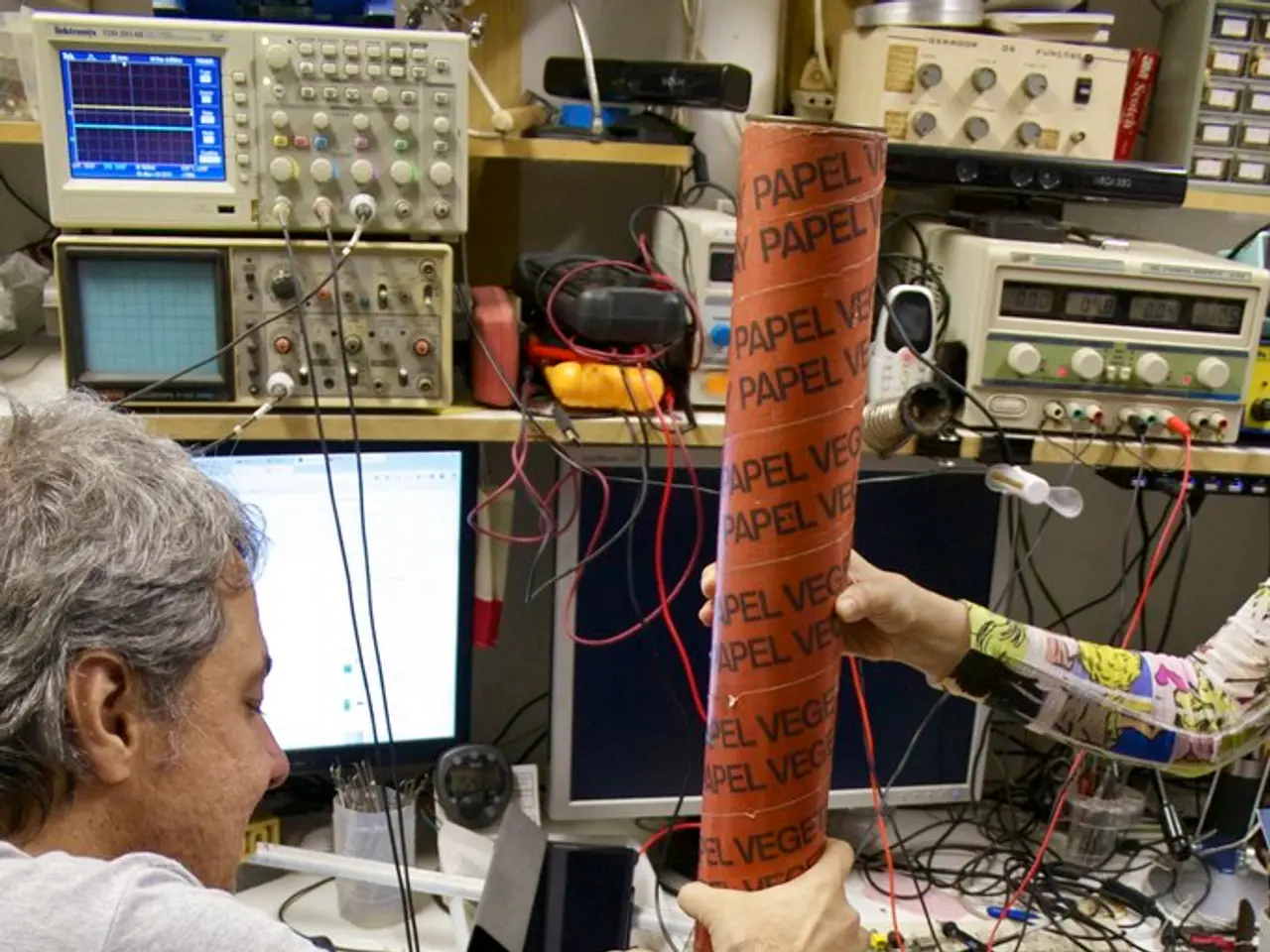Guide on Creating a Digital Persona: Steps to Develop a Virtual Human
On the evening of 27 September, the Science Museum will host a captivating event as part of their September Lates series. The event, titled "How to build a virtual human", will run from 19:30 to 20:30 in the IMAX Theatre. This event promises to be an enlightening journey into the world of digital medicine, where the human body can be dissected, probed, and explored in detail to help determine effective treatments.
Tickets for this event are free and available online. The Science Museum Lates is open to over 18s and runs from 18:45 to 22:00, offering a unique opportunity to engage with science outside of regular museum hours.
At the heart of this digital revolution is the CompBioMed consortium, led by University College London. This global initiative is at the forefront of efforts to create the virtual human, a comprehensive digital model that could mimic physical responses such as breathing, blistering, and bleeding.
The CompBioMed initiative contributes to building a virtual human primarily by developing and providing advanced computational models and simulations that integrate multiple biological and physiological systems to replicate human functions digitally. This enables researchers to better understand human biology, predict disease outcomes, and personalize medical treatments.
One of the key aspects of CompBioMed's work is multiscale modeling, which supports the integration of data and models across different scales, from molecular to organ-level, allowing a comprehensive virtual representation of human biological processes. The initiative also leverages exascale computing resources to enable simulation of complex biological phenomena with high accuracy and speed, essential for creating detailed virtual human models.
Moreover, CompBioMed fosters collaboration among computational scientists, clinicians, and biomedical engineers to create interoperable tools and frameworks that combine diverse physiological models. This collaborative approach is crucial for personalizing medicine by simulating individual anatomical and physiological variations within the virtual human framework.
During the event, renowned scientists will share their insights. Prof Marco Viceconti from Sheffield University will discuss the Virtual Physiological Human initiative, while Prof Peter Coveney from UCL will delve into simulating drugs in the body for cancer and AIDS treatment. Prof Blanca Rodriguez from Oxford University will speak about virtual hearts, and Prof Alfons Hoekstra from the University of Amsterdam will talk about virtual blood vessels.
The IMAX audience can interact with scientists from the CompBioMed consortium, gaining a firsthand understanding of the groundbreaking work being done. Initiatives like CompBioMed aim to allow doctors to create customized virtual models of patients in the future, revolutionizing the way we approach medical treatment.
In addition to the virtual human, the Medicine Galleries at the Science Museum will open in 2019, showcasing cutting-edge medical innovations. The galleries will also house a 3D printed kidney, recently acquired to plan an organ transplant.
Join us on 27 September for an unforgettable journey into the future of medicine, as we explore the fascinating world of the virtual human.
The Science Museum's event on 27 September, "How to build a virtual human", highlights the CompBioMed consortium's advancements in science, health-and-wellness, and technology, aiming to revolutionize the medical sector by creating personalized virtual models of patients. At the event, renowned scientists will discuss various aspects of virtual human research, from virtual physiological humans to virtual hearts and blood vessels.




